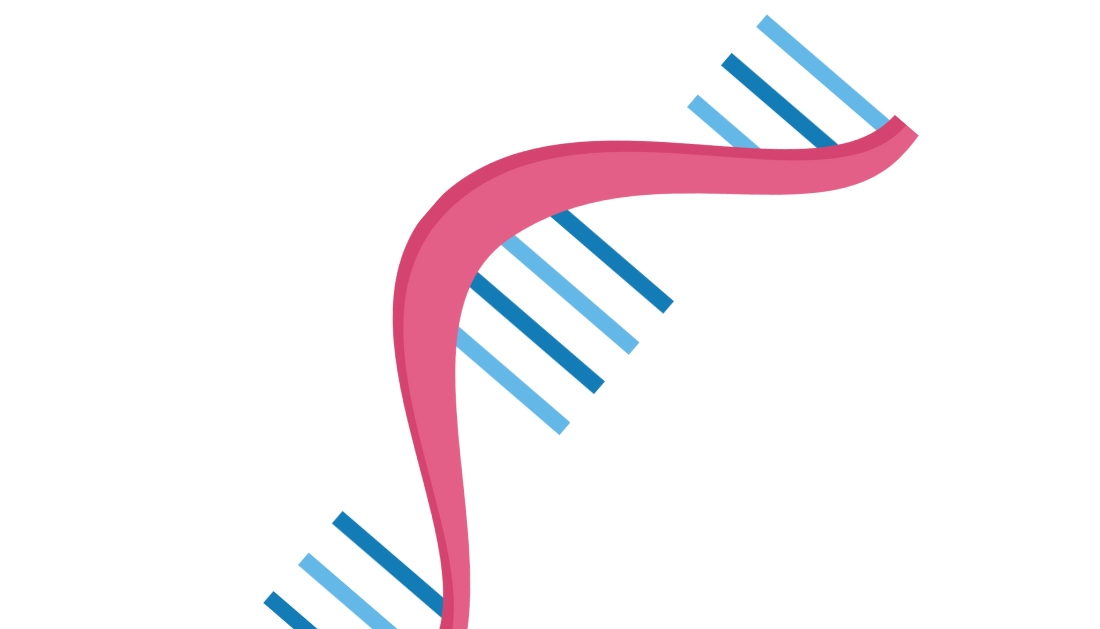

Using the strong artificial intelligence tool AlphaFold2, an international team of researchers offered fresh insights into the three-dimensional structure of specific protein types.
Proteins are long molecules made up of amino acid strings that are folded into three-dimensional structures according to a set of instructions. Protein can carry out their tasks thanks to their various structures. They carry chemicals, act as catalysts for chemical processes, and function as valves and pumps throughout organisms ranging from bacteria to humans.
While AlphaFold2 has predicted the three-dimensional structure of over 200 million proteins, it has been unable to determine whether certain sections of proteins, known as intrinsically disordered regions (IDRs), have any structure at all, let alone predict the shape of that structure.
“This has been a long-standing debate amongst biochemists and molecular biologists – whether IDRs have fixed structure or whether they’re just ‘floppy’ parts of proteins,” says Alan Moses, a computational biologist and professor in the department of cell and systems biology in the University of Toronto’s Faculty of Arts & Science.
“We confirmed that, [while] AlphaFold2 still can’t predict the structure of IDRs very well … what it can do is tell us which IDRs are likely to have some structure – something that was previously impossible.”
Moses is a co-author of a new publication published in the journal Proceedings of the National Academy of Sciences that outlines the research team’s results and could lead to a better understanding of the role of these proteins in disease and the development of new therapeutic treatments.
Reid Alderson, a post-doctoral researcher at the Medizinische Universität Graz (MUG) who previously did post-doctoral work at U of T; Julie Forman-Kay, a senior scientist and program head of molecular medicine at the Hospital for Sick Children and a professor of biochemistry in U of T’s Temerty Faculty of Medicine; Desika Kolaric, a research assistant at MUG; and Iva Pritianac, an assistant professor at M
The team’s findings are notable because AlphaFold2 was not trained to predict structures in IDRs and IDRs were not included in its training data. “It’s like AI being trained to drive a car, and then trying to see if it can also drive a bus,” Moses explains. “It can’t drive the bus all that well, but it can recognize that someone should be driving.”
The team is also the first to do it systematically for all proteins in humans and other species. “So, for the first time we believe we know how often it is happening,” Moses explains. “This is significant because biology is full of exceptions.” We need to know what’s common and what’s unusual.”
The creation of this powerful and unexpected use of AlphaFold2 illustrates the power of applying AI to tackle the protein folding problem and will improve researchers’ understanding of IDRs and their role in disease.
“In the IDRs that AlphaFold2 predicts to have some structure, we’ve shown that mutations are far more likely to cause disease than mutations in other structureless IDRs,” according to Moses. “This is a significant step forward in understanding how mutations in IDRs cause disease, which is currently poorly understood.” We now suspect that many of the mutations are disturbing the structure in some way.
“In addition, because AlphaFold2 predictions are already available for all proteins, we can now say for the first time how many IDRs have structure across the tree of life.” Our findings reveal that bacterial IDRs are far more likely to have structure than human or animal IDRs. As far as we know, this is the first time this has been observed, and it may settle the current argument over whether most IDRs have structures or not.”
more recommended stories
 Colorectal Cancer Screening Rates Low in Adults 45–49
Colorectal Cancer Screening Rates Low in Adults 45–49Recent UCLA research reveals that colorectal.
 Gut Immune Cells and Long-Lasting Antiviral Protection.
Gut Immune Cells and Long-Lasting Antiviral Protection.Breakthrough Findings on How Gut Immune.
 Mild Pancreatic Duct Dilatation Signals Higher Cancer Risk
Mild Pancreatic Duct Dilatation Signals Higher Cancer RiskEarly Structural Changes Offer Critical Clues.
 How the Uterus Senses Force During Labor: New Insights
How the Uterus Senses Force During Labor: New InsightsA new study published in Science.
 Fat-Free Mass and Brain Outcomes in Preterm Babies
Fat-Free Mass and Brain Outcomes in Preterm BabiesEarly Fat-Free Mass May Hold the.
 How Hormones Shape Dopamine-Driven Learning
How Hormones Shape Dopamine-Driven LearningNYU Study on Hormones and Cognitive.
 Protein Pair Guides Chromosome Alignment in Mitosis
Protein Pair Guides Chromosome Alignment in MitosisKey Points A joint research team.
 Intensive mind-body retreat rapidly alters brain function
Intensive mind-body retreat rapidly alters brain functionAn intensive mind-body retreat combining meditation,.
 Citrus and Grape Compounds Help Prevent Type 2 Diabetes
Citrus and Grape Compounds Help Prevent Type 2 DiabetesA new clinical trial highlights the.
 Personalized Pain Care Transforms Parkinson’s Treatment
Personalized Pain Care Transforms Parkinson’s TreatmentNew UniSA research underscores the urgent.

Leave a Comment